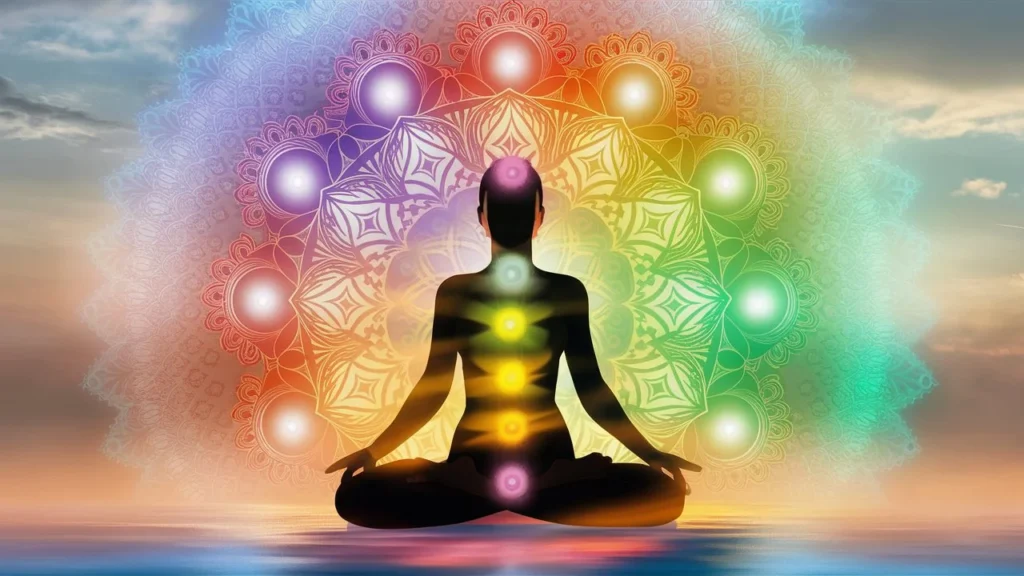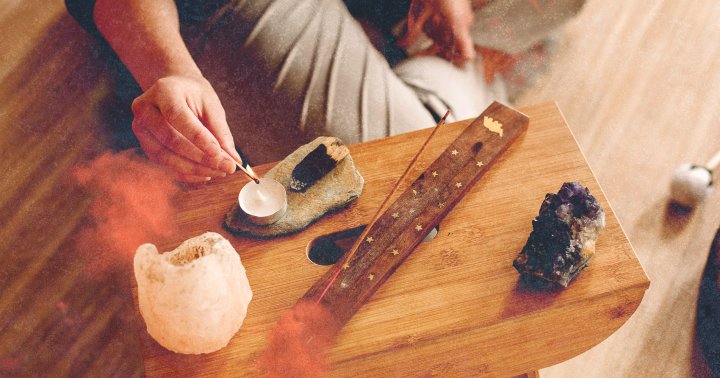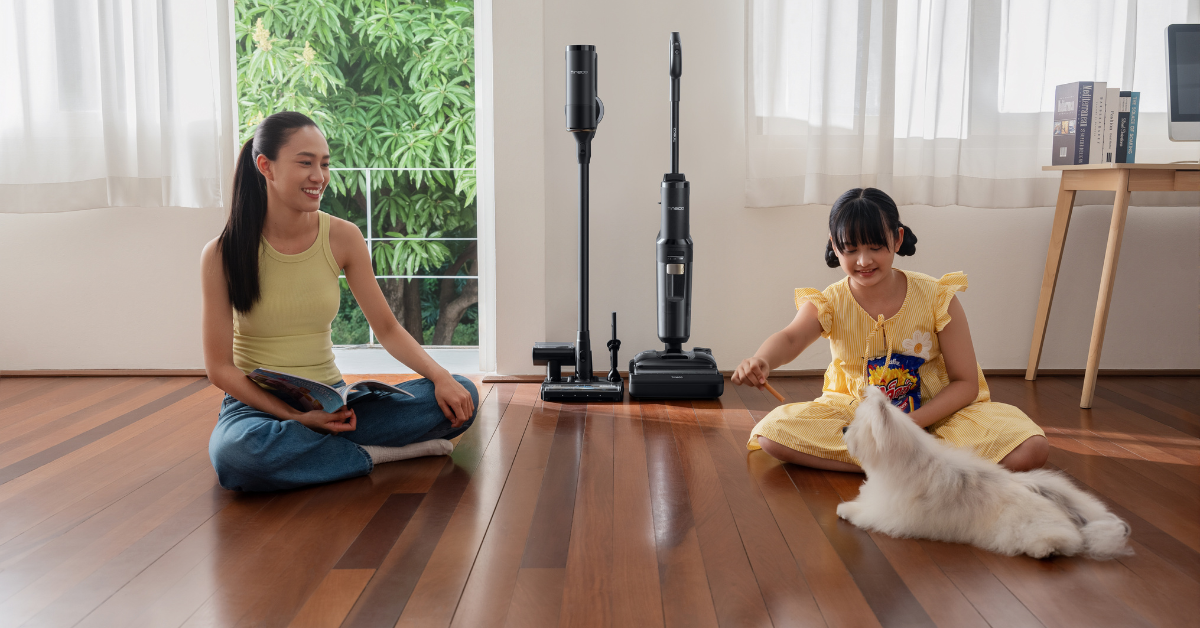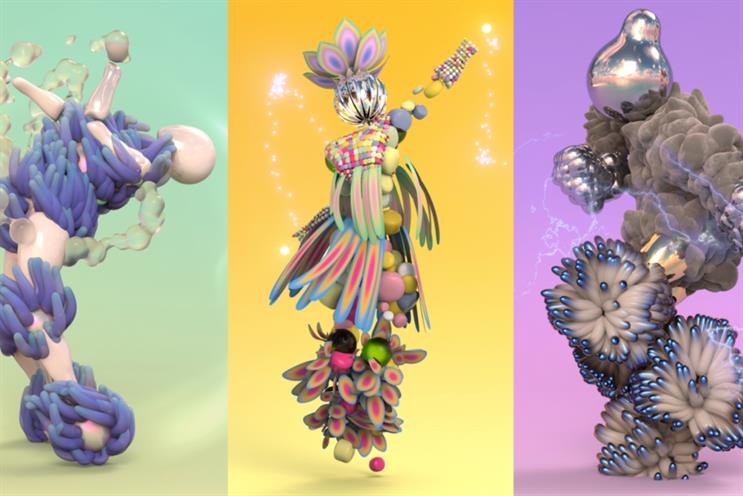Chakras: All you Need to Know
Over the past few years, chakras have become popular not only within New Age circles but in the global community, […]


Over the past few years, chakras have become popular not only within New Age circles but in the global community, culture, and even health. The importance of this blog is to make the reader understand what chakras are, and their historical background and the benefits that come with the practice.
Origins in Ancient Traditions
Chakra, as mentioned earlier, is an Indian concept and it is found in the Vedic literature dating back to 1500 – 500 BCE. The very term Chakra in Sanskrit means wheel or disk; it suggests vortices of energy within the physical body.
Development Through Spiritual Practices
Subsequently, the concept of chakras was elaborated upon in the Hindu and Buddhsit cultures and later adopted in the western spiritual and occult culture. In these traditions, chakras are seen as an integral part of man and his existence, having an impact on his physical and or emotional states as well as the spiritual realm.
Introduction to Western Culture
Its concepts of chakras blended with Western esotericism and holism movements in the 20th century. Carl Jung and many New Age thinkers of the present time have been instrumental in disseminating the concept of chakras, attributing them to psychological conditions and temperament.
What is Chakras?
The word chakras come from Sanskrit and directly translates to ‘wheel’ or ‘disc’. Chakras are wheels of energy throughout our bodies. They are called our subtle bodies.
While in mainstream yoga, we mainly hear about the seven chakras, in fact, 114 of these wheels of energy are in the whole body.
Chains are made of chakras. In Sanskrit, Nadi translates to ‘flow’ or ‘motion’ and includes prana, energy, or life force.
We have roughly 72,000 of these energy channels in our astral body.
And when three channels meet in the body, they form a triangle and this triangle forms a circle.
Some of our chakras are very strong and affect us powerfully, while others are not as influential.
But there are seven chakras that subtly dominate the astral body. The life of each of these can be open or closed, flowing or blocked.
To find out where these chakras are in your body, imagine that you are sitting like this Sukhasana (easy pose).
Then photograph the seven wheels of light in a line through the crown of your head at the base of your spine.
These are the seven chakras that we will focus on for your yoga practice.
Chakras affect all aspects of life: mental, spiritual, physical.
When our chakras are assigned – one is closed while the other is open – the energy in our astral body becomes unbalanced and disease can occur.
On the same note, when our chakras are very open, they also become out of balance.
Each of the chakras is unique in its energy and how it is characterized for spiritual, mental, and even physical bodies.
Our chakras coincide with the nerve centers in our body as well as our major organs.
Chakras are also directly related to our mental and spiritual health. This is why it is so important to align our chakras with each other.
How Chakras Work
Energy Flow and BlockagesChakras are thought to be spinning wheels of energy that correspond to different aspects of our physical, emotional, and spiritual health. When energy flows freely through these chakras, we experience harmony and balance. However, blockages in any chakra can lead to physical ailments, emotional distress, or spiritual disconnection.
Interaction with the Endocrine SystemEach chakra is believed to correspond to major organs and nerve centers in the body. For example, the Heart Chakra is associated with the heart and lungs, while the Solar Plexus Chakra is linked to the digestive system. This alignment suggests that chakras play a role in regulating bodily functions through the endocrine system.
The Subtle Body and AuraThe concept of chakras extends to the subtle body, an energy field that surrounds and interpenetrates the physical body, often referred to as the aura. Chakras are seen as energy vortices within this subtle body, influencing the health and well-being of both the physical and energy bodies.
Identifying ImbalancesChakra imbalances can manifest in various ways, including physical symptoms, emotional issues, or spiritual discontent. For instance, an overactive Root Chakra might lead to anxiety, while an underactive Sacral Chakra could result in lack of creativity or sexual dysfunction.
The Seven Major Chakras
1. Root Chakra (Muladhara)
Location: Base of the spine
Color: Red
Element: Earth
Associated with: Survival, security, and grounding
Description: The Root Chakra is the foundation of the energy body. It is connected to the physical body and our basic needs for survival. When balanced, it fosters feelings of safety and security.
2. Sacral Chakra (Svadhisthana)
Location: Lower abdomen, about two inches below the navel
Color: Orange
Element: Water
Associated with: Creativity, sexuality, and emotions
Description: The Sacral Chakra governs our emotional and creative expressions. It influences our capacity for intimacy and our ability to experience pleasure.
3. Solar Plexus Chakra (Manipura)
Location: Upper abdomen, in the stomach area
Color: Yellow
Element: Fire
Associated with: Personal power, confidence, and self-esteem
Description: The Solar Plexus Chakra is the center of personal power and self-discipline. A balanced Solar Plexus Chakra helps us achieve goals and assert ourselves confidently.
4. Heart Chakra (Anahata)
Location: Center of the chest
Color: Green
Element: Air
Associated with: Love, compassion, and relationships
Description: The Heart Chakra is the bridge between the lower and upper chakras. It is associated with our ability to love deeply, forgive, and form meaningful connections with others.
5. Throat Chakra (Vishuddha)
Location: Throat
Color: Blue
Element: Ether (Space)
Associated with: Communication, truth, and expression
Description: The Throat Chakra is the center of communication and expression. It governs our ability to speak our truth and convey our thoughts clearly and effectively.
6. Third Eye Chakra (Ajna)
Location: Forehead, between the eyes
Color: Indigo
Element: Light
Associated with: Intuition, wisdom, and perception
Description: The Third Eye Chakra is linked to intuition and insight. It enables us to see beyond the physical realm and access deeper truths.
7. Crown Chakra (Sahasrara)
Location: Top of the head
Color: Violet or white
Element: Consciousness
Associated with: Spirituality, enlightenment, and connection to the divine
Description: The Crown Chakra represents the highest state of consciousness and spiritual connection. It is our link to the universal life force and higher states of awareness.
Techniques for Balancing Chakras
Meditation: Focusing on each chakra through meditation helps restore balance and promote energy flow. Visualization techniques, such as imagining a spinning wheel of the chakra’s color, can be particularly effective. Yoga: Specific yoga poses target different chakras, facilitating energy flow and removing blockages. For example, the Camel Pose (Ustrasana) is believed to open the Heart Chakra. Sound Healing: Different sounds and vibrations, such as chanting or using singing bowls, resonate with specific chakras, aiding in their healing and balance. Crystals and Gemstones: Certain crystals are associated with particular chakras. For instance, amethyst is linked to the Crown Chakra, while citrine is associated with the Solar Plexus Chakra. Placing these stones on the respective chakra points can help in healing. Reiki and Energy Healing: Practitioners of Reiki and other energy healing modalities channel energy into the chakras to remove blockages and promote balance. Aromatherapy: Essential oils can be used to balance chakras. For example, lavender oil is often used for the Crown Chakra, while sandalwood is linked to the Root Chakra.Conclusion
Delve into the mystical world of chakras, exploring how these energy centers influence our well-being and spiritual balance. Discover their roles, from root to crown, and uncover the ancient wisdom behind their workings. Understanding and working with chakras offers a holistic approach to health and well-being, encompassing physical, emotional, and spiritual dimensions. By learning about the seven major chakras and employing various balancing techniques, individuals can foster a deeper connection with themselves and their surroundings, promoting harmony and healing in their lives. If you want to learn yoga, please visit our YouTube channel.
People also ask
Q1 : How do you know if your chakras are blocked?
There is various side effects that you can understanding if your root chakra is blocked. The most widely recognized ones incorporate feelings of trepidation, nervousness issue and even bad dreams. On the off chance that the blockage shows truly, it is generally through the issues with the end and colon, with bladder, lower back, feet or with legs.
Q2 : Can opening your chakras be dangerous?
Initially Answered: Why is it risky to drive chakras to open? Since your body will be unable to hold that much significant level of vitality and it can cause issues. … Since your body will most likely be unable to hold that much elevated level of vitality and it can cause issues.
Q3 : How do you cleanse your chakras?
The most straightforward chakra purifying procedure is contemplation or petition. For the Third Eye Chakra, you’ll have to utilize its association with light to purify it. View your body as a sunlight based board: you need the sun’s vitality to charge your positive vitality. The Throat Chakra purifying requires open space outside.

 Koichiko
Koichiko 
































